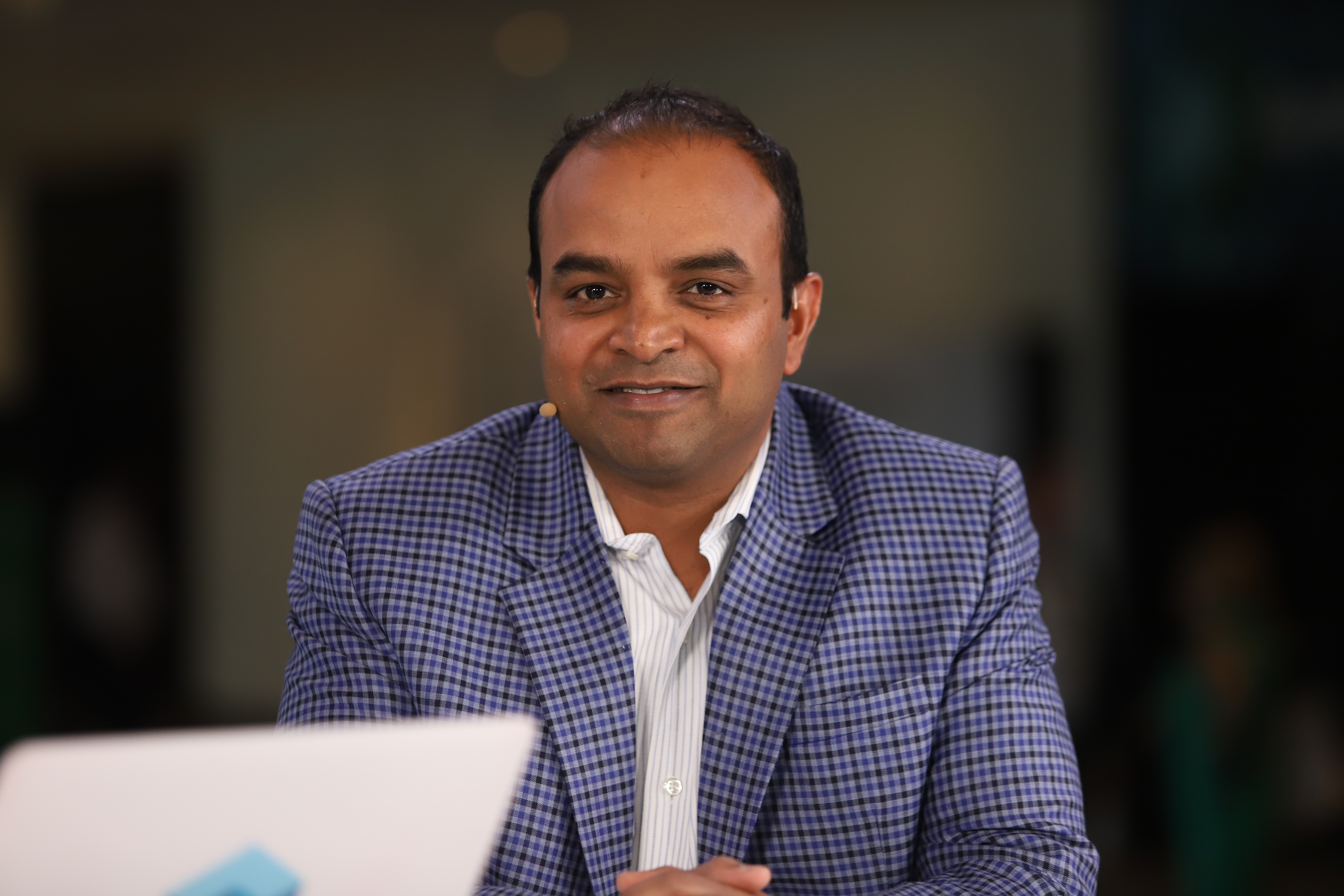 BIG DATA
BIG DATA
 BIG DATA
BIG DATA
 BIG DATA
BIG DATA
Technology is a true advantage for anyone that knows how to use it. But being tech-savvy is not enough. Leaders running the technology in non-profit organizations must find the right balance between investing in the latest tech and executing the social cause.
Make-A-Wish Make-A-Wish Foundation of America is an NGO that grants life-changing wishes for children with critical medical conditions. These wishes range from transforming a kid into Batman, to meeting Will Smith, to having a mission to Saturn. To make the kids happy, Make-A-Wish runs an enterprise network with more than 60 offices distributed around the U.S.
“If you want to do the latest and greatest network upgrade for $10,400 … and make the network more resilient …? Or would you want to go grant another wish?” said Bipin Jayaraj, vice president and chief information officer of Make-A-Wish Foundation of America. “It’s an interesting conundrum, but you have to find the right balance.”
Jayaraj spoke with Dave Vellante (@dvellante) and Peter Burris (@plburris), co-hosts of theCUBE, SiliconANGLE Media’s mobile livestreaming studio, during the VeeamON event in Miami Beach, Florida. They discussed the role of Jayaraj as CIO at Make-A-Wish, the relationship between data and making wishes, and how Make-A-Wish is using Veeam technology (see the full interview with transcript here). (* Disclosure below.)
[Editor’s note: The following answers have been condensed for clarity.]
Vellante: How did you get to Make-A-Wish? How did that all come about?
Jayaraj: I was consulting in IT for multiple big companies. And two years back … I got an opportunity to start some conversations [with] Make-A-Wish. The opportunity was predominantly about enterprise IT. [Back then] when the national board [from Make-A-Wish] talked about [its] dream and mission … working as an enterprise came into the fold — as well as IT being a great piece for providing shared services. So I was brought on board and we took on an … “an audacious dream” of bringing together all the 60 chapters, which are essentially split across 120 locations.
Burris: Because Make-A-Wish is so driven by information … the brand promise and the execution has got to be very closely tied to the quality of those shared services that you’re providing.
Jayaraj: As I always say to my 60 CEOs [in each Make-A-Wish chapter] … they have a choice to go outside and have their own partners … but they would want to work with the national team and work through our services. I’ve been lucky and privileged to have conversations with these CEOs when I start talking to them about the need for centralization [and] the enterprise IT. There are questions, when you start leading with a mission and a business notion, of why we need to do that. Everybody is in line with that.
And of course, to back that up … solutions like VMware [and] Veeam make it much simpler. Even from a cost perspective, I don’t have to manage a bigger team, so I can take those dollars and give it back to the business to grant another wish.
Vellante: How were you able to get those guys [60 CEOs] aligned with your vision?
Jayaraj: I’ve had a lot of good support from our executive team, from our leadership team, because leadership is always very important to these big initiatives. A typical conversation with a CEO [would be] about, “Hey, I need to take the data that you have, all the IT things that you have, and let me do it.” As you walk through that and show the benefits of why we’re doing it, they get it, and they’ve been able to repurpose many of the IT functions back into a revenue-generation model, a lot of wish granting in our team.
Vallante: What’s the relationship between data and granting of wishes? Talk about that roll of data?
Jayaraj: The days of making decisions based on guts are gone. It has to be a data-driven decision because that’s where the world is heading. Take anything for that matter. When we talk about that, it was very imperative going back to my project, that we had all of the data in one place … as opposed to 60 different places.
To make decisions based on wish forecasts, for example, how many wishes are we going to do? How many wishes are coming in? How is the demand with the supply matching up? What are the things that we need to do — budget purposes, going after revenue, and things like that. So data becomes very important for us.
Vellante: From a data protection standpoint, how do you approach that? I presume you’re trying to standardize on Veeam maybe?
Jayaraj: We’ve been with [Veeam] for a couple of years right now, as we did the consolidation of the infrastructure basis. Veeam supports us with all of the backup and storage replication models. One of the things that Veeam does for us is, we have close to 60 terabytes of data in production and close to 400 terabytes in the backup.
It’s interesting when you look at Make-A-Wish and you think about disaster recovery, backup — why do you need it? What are the business use cases? [In one case], we had to go back and get all the archives in a quick fashion, because there are always requests from media folks to access some of those [files]. The second thing is, having to replicate our data immediately. We need to make sure everything is proper, everything goes, so data becomes very crucial from those points.
Watch the complete video interview below, and be sure to check out more of SiliconANGLE’s and theCUBE’s coverage of the VeeamON event. (* Disclosure: Veeam Software Inc. sponsored this segment of theCUBE. Neither Veeam nor other sponsors have editorial control over content on theCUBE or SiliconANGLE.)
THANK YOU